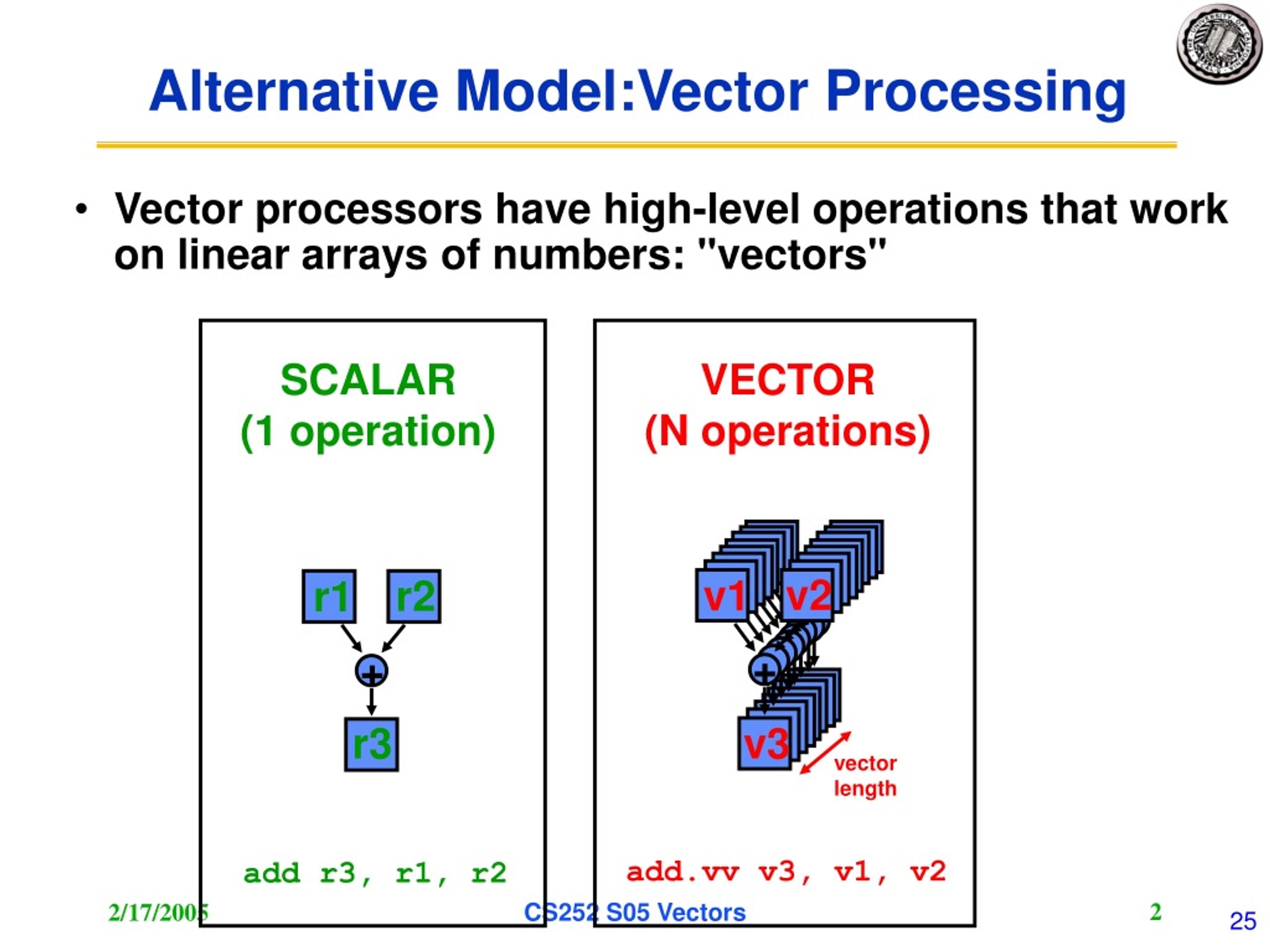
Researchers there were starting to develop a new kind of printer, one that was more computationally expressive than what was seen in plotters. Like a lot of other inventions, this all changed at Xerox PARC. Instead, you sent commands to it with a simple graphing mode that could draw lines but, again, in a pen-up pen-down fashion. As such, the Tektronix 4010 didn’t have pixel output. Tektronix came from the analog oscilloscope industry, and these machines work by driving the electron beam in a certain path, not in a grid-like order. It has a CRT for its display, but don’t be fooled: it’s not a pixel display. During the 1970s, we saw the rise of affordable graphics terminals, starting with the Tektronix 4010. HP, manufacturer of some of the earliest plotter printers, used a variant of BASIC called “AGL” on the host computer, which then would send commands to the plotter peripheral itself in a another language like HP-GL. Things were drawn by submitting a “pen-down” command, moving the arm in some unique way, possibly curved, and then submitting “pen-up”. The first graphics devices to interact with computers were “plotters”, which had one or multiple pens and an arm that could move over the paper. Let’s take a stroll down history lane and trace the path that led us here in the first place, shall we? To those not well-versed in the details of the modern GPU, it’s a very surprising conclusion! But 2D graphics has plenty of unique constraints that make it a difficult problem to solve, and one that doesn’t lend itself well to parallel approaches. One might wonder: why is there so much commotion about 2D? It seriously can’t be that much harder than 3D, right? 3D is a whole other dimension! Real-time raytracing is around the corner, with accurate lighting and and yet we can’t manage dinky 2D graphics with solid colors? Signed distance fields seem to be getting some further development from both Adam Simmons and Sarah Frisken independently. Raph Levien has built a compute-based pipeline based on Gan et al’s ahead-of-its-time 2014 paper on vector textures. Patrick Walton of Mozilla has explored not just one, but three separate approaches in Pathfinder, culminating in now Pathfinder V3. Petr Kobalicek and Fabian Yzerman have been working on Blend2D, one of the fastest and most accurate CPU rasterizers on the market, with a novel JIT approach.

There’s a lot of fantastic research into 2D graphics rendering these days.


 0 kommentar(er)
0 kommentar(er)
